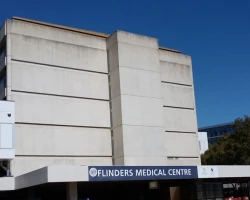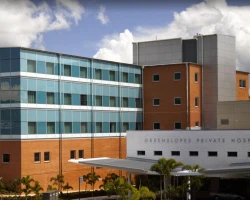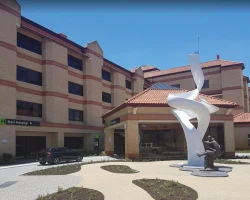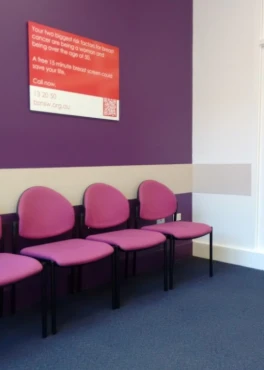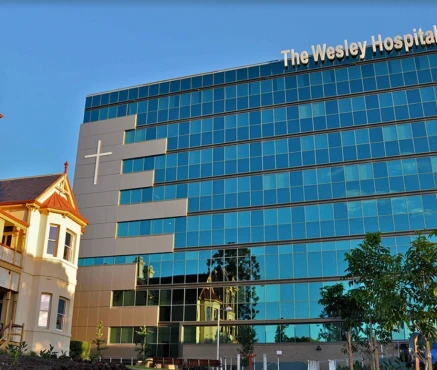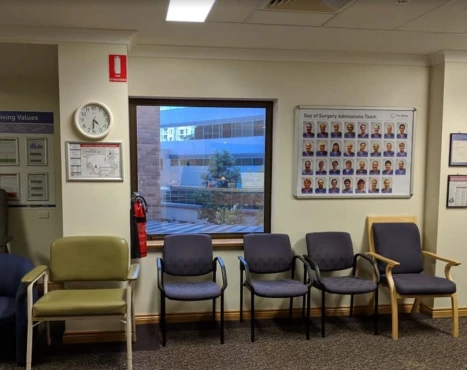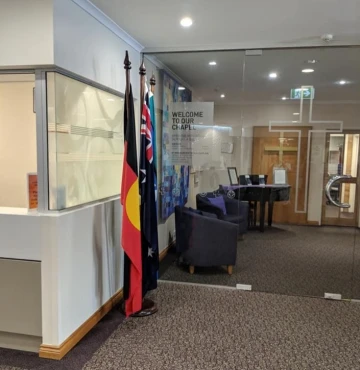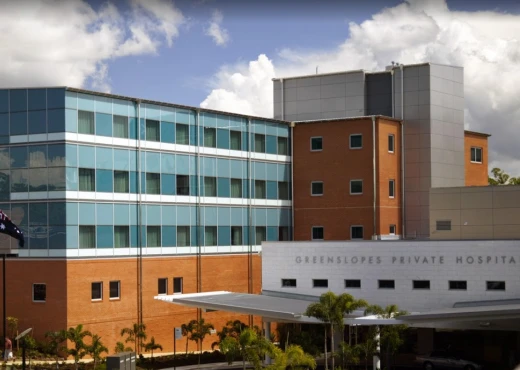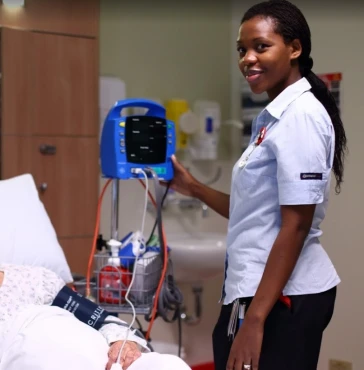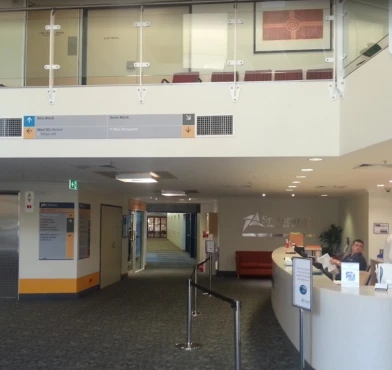A thoracoabdominal aortic aneurysm is an abnormal bulging in the aorta that spans the chest and abdominal regions, which can lead to life-threatening rupture if untreated. Symptoms may be mild or absent but can include chest or back pain, shortness of breath, and abdominal discomfort. Treatment depends on the aneurysm’s size and growth rate, typically involving careful monitoring for smaller aneurysms and surgical repair for larger or symptomatic cases to prevent rupture.
Thoracoabdominal aortic aneurysm treatment in 1 Vascular surgery clinic in Murdoch
1 clinic specializing in Vascular surgery providing treatment of
Thoracoabdominal aortic aneurysm
A thoracoabdominal aortic aneurysm is a life-threatening condition characterized by the abnormal dilation of the aorta's segment spanning the chest and abdomen, increasing the risk of rupture, leading to severe internal bleeding and potential mortality.
Read more...
disease in Murdoch.
Besides this clinic there is 1 Vascular surgery clinic in Murdoch and 30 clinics in Australia.
Such diseases are treated by St John of God Murdoch Hospital: Abdominal aortic aneurysm (AAA), Aortic arch aneurysm, Aortic dissection, Aortic valve stenosis, Ascending aortic aneurysm, and others.
Nearby clinics in Australia
Perhaps you should consider the following clinics we have found nearby basing on your Location, Disease filters applied.


